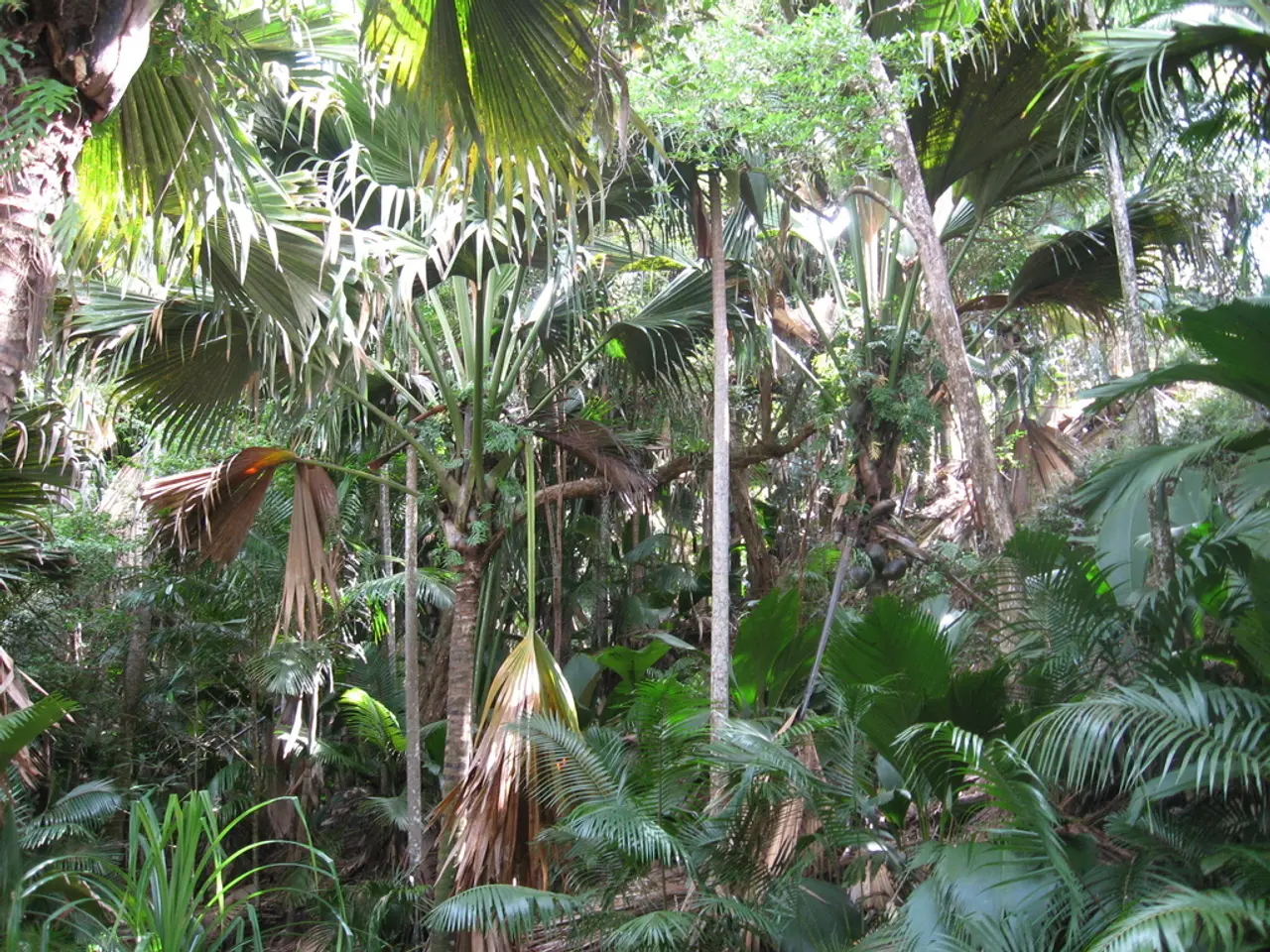The Significance of Native Trees and the Advocacy for Their Planting
In many regions, the choice of trees for planting should be specific to the location, with native trees being the ideal option. These trees, evolved as part of an ecosystem of flora and fauna, are adapted to thrive in specific climate, precipitation level, and soil conditions, requiring minimal chemical support.
Growing non-native trees that don't depend on fire is a safer option in areas where human habitation often prevents natural fires, which are essential for seed germination and brush clearing in wild forested areas. However, in regions where native trees have never grown, cultivating them becomes a challenge.
Native trees offer numerous benefits in urban environments. They support biodiversity by providing habitats for birds, insects, and small animals. These urban oases improve air quality, cool through evaporation to reduce urban heat island effects, protect building structures, reduce noise pollution, and enhance residents' well-being and the aesthetic appeal of city spaces.
The advantages of native trees arise because they are adapted to local conditions, promoting a balanced ecosystem and more effective environmental services in cities. For instance, native trees provide vital shade along oceans, lakes, and rivers, cooling the water and benefiting various water species.
Insects that dwell in the overhanging vegetation of native trees serve as food for fish. Unfortunately, planting exotic trees can make it difficult for native insects and wildlife to survive, as they cannot get what they need from the newcomer.
Local wildlife, such as native birds and small mammals, use native insects as a mainstay in their diets. Beneficial insects, like bees and butterflies, have adapted to using native plants for food and shelter. Larger mammals also eat the foliage of native trees and other native plants.
Planting native trees contributes to increased soil stability. Native trees help maintain soil stability by increasing its 'sheer strength' and cohesion when wet, and by absorbing ground water, with evergreen trees doing so even in winter.
Teo Spengler, a master gardener and docent at the San Francisco Botanical Garden, with extensive experience in horticulture and writing about nature, trees, plants, and gardening, emphasises the importance of native trees. 'They are easy-care, 'plant and go' trees that require little maintenance,' says Spengler.
Moreover, native trees can reduce carbon pollution by storing carbon dioxide in their roots. As urban spaces continue to expand, the importance of planting native trees becomes even more significant in mitigating the impact of human activity on the environment.
In conclusion, the choice of native trees for planting should be a priority in urban areas. They offer a myriad of benefits, from supporting local biodiversity and improving air quality to reducing carbon pollution and enhancing the aesthetic appeal of city spaces.
Read also:
- Struggles of Nepal's Himalayan wildlife amidst expanding livestock populations and road networks (opinion piece)
- Coverage of Medical Treatment Questioned: Patient Receives Bill for $17,000 Despite Insurance Promise of Coverage
- Social Change Advocates : A Compilation of Zines as Driving Forces
- Guide to Choosing the Best Animation Company in Belgium: A Comprehensive Overview




